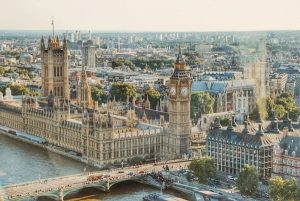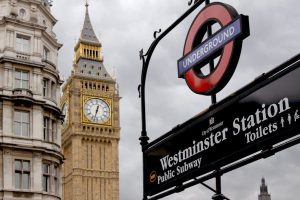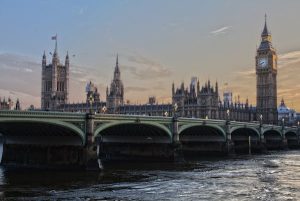Top 5 Journey Through the Heart of England Capital
Table of Contents
The Journey Through the Heart of England Capital

London, which is the heart of England capital, is a city that captivates visitors with its rich more of history, culture, and diversity. Embarking on a journey through the heart of this dynamic metropolis promises an unforgettable experience, where every corner reveals a new chapter in its storied past and present. Join us as we explore the essence of London, from its iconic landmarks to its hidden gems, and uncover the secrets that make it one of the world’s most beloved cities.
Exploring the Rich Tapestry of London’s History
1. The Majesty of Landmarks

From the iconic silhouette of the Tower Bridge to the majestic dome of St. Paul’s Cathedral, London’s landmarks stand as timeless symbols of its enduring legacy. Each monument tells a story of the city’s past, whether it’s the regal splendor of Buckingham Palace or the medieval grandeur of the Tower of London. As we traverse the bustling streets, we’ll marvel at these architectural marvels and delve into the history that shaped their iconic status.
2. Cultural Kaleidoscope
Heart of England capital cultural landscape is a vibrant tapestry woven from the threads of diverse communities and traditions. In neighborhoods like Camden and Notting Hill, we’ll immerse ourselves in the kaleidoscope of cultures that call this city home, from the bustling markets and eclectic street art to the tantalizing aromas of international cuisines. Whether it’s a visit to the British Museum or a stroll through the vibrant streets of Shoreditch, we’ll celebrate the diversity that defines London’s cultural identity.
3. Timeless Elegance of Parks and Gardens

Amidst the urban hustle and bustle, England capital (London) offers tranquil oases of greenery where weary travelers can find solace amidst nature’s embraces. From the iconic expanse of Hyde Park to the picturesque beauty of Kew Gardens, we’ll wander through these verdant landscapes, discovering hidden pathways, blooming flowerbeds, and serene lakes. As we bask in the timeless elegance of London’s parks and gardens, we’ll appreciate the city’s commitment to preserving its natural heritage for generations to come.
4. Culinary Odyssey
London’s culinary scene is a melting pot of flavors, where traditional British fare mingles with global gastronomic delights to create a feast for the senses. From quaint tea rooms serving freshly baked scones to bustling street markets offering a smorgasbord of international cuisines, we’ll embark on a culinary odyssey through the city’s diverse culinary landscape. With each bite, we’ll savor the rich tapestry of tastes that reflect London’s multicultural heritage and culinary innovation.
5. The Beat of the City
As night falls, heart of England capital which is London vibrant nightlife comes alive with the pulsating rhythm of music, laughter, and revelry. From the historic theaters of the West End to the trendy clubs of Soho, we’ll explore the diverse array of entertainment options that light up the city after dark. Whether it’s catching a world-class performance or dancing the night away in a hidden speakeasy, we’ll experience the electrifying energy that makes London’s nightlife scene truly unforgettable.
Why did London become the capital of England?

London became the heart of England capital primarily due to its strategic location, economic importance, and historical significance. Several key factors contributed to its rise as the nation’s capital:
1. Geographical Location:
Situated on the River Thames, London has a strategic location that made it easily accessible by water, facilitating trade and communication with other regions of England and beyond. Its proximity to continental Europe also made it a gateway for international trade and diplomacy.
2. Political History:
London has a long history of political significance, dating back to Roman times when it was known as Londinium. Over the centuries, it emerged as a center of power and governance, serving as the seat of English monarchs, government institutions, and administrative functions.
3. Economic Hub:
London’s position as a major commercial and financial center played a crucial role in its ascendancy as the England capital. The city’s bustling markets, ports, and merchant guilds fueled economic growth and attracted merchants, traders, and entrepreneurs from across the country and overseas.
4. Cultural and Intellectual Center:
London has been a center of culture, education, and innovation for centuries, boasting prestigious universities, libraries, theaters, and museums. Its vibrant cultural scene and intellectual pursuits contributed to its reputation as a center of enlightenment and progress.
5. Royal Residences:
London’s status as the England capital was further solidified by the presence of royal residences such as the Tower of London, Westminster Palace, and Buckingham Palace. These landmarks served as symbols of royal authority and prestige, reinforcing London’s status as the political and ceremonial heart of the nation.




